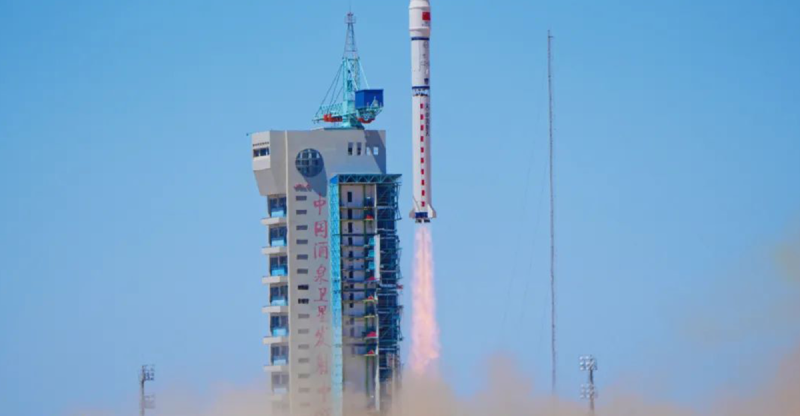
China has taken a significant step towards establishing a massive space-based supercomputer. The first 12 satellites of a planned 2,800-satellite network have been successfully launched into orbit, marking the beginning of the ambitious ‘Star Compute’ program. This project, a collaboration between ADA Space, Zhijiang Laboratory, and Neijang High-Tech Zone, aims to create a constellation capable of processing data directly in space, eliminating the delays and bandwidth limitations associated with traditional ground-based systems.
Each satellite boasts an impressive 8-billion parameter AI model, capable of 744 tera operations per second (TOPS). Collectively, these 12 satellites can manage 5 peta operations per second (POPS), significantly surpassing the processing power of many terrestrial systems. The ultimate goal is a network achieving 1,000 POPS, according to the Chinese government. This would represent a paradigm shift in data processing and analysis.
The satellites communicate using high-speed laser links, transferring data at up to 100 Gbps and sharing 30 terabytes of storage. Beyond their computational power, these initial satellites carry scientific payloads, including an X-ray polarization detector for studying cosmic events like gamma-ray bursts. ADA Space also highlights the potential for creating 3D digital twin data for applications in emergency response, gaming, and tourism.
This space-based approach offers numerous advantages. Traditional satellite data transmission is slow, with less than 10 percent of data reaching Earth due to bandwidth and ground station limitations. A space-based supercomputer, however, can leverage solar power and radiate heat into space, reducing energy consumption and environmental impact, according to Jonathan McDowell, a space historian and astronomer at Harvard University. This development also suggests a potential future where other nations, including the US and Europe, might pursue similar projects.
The successful launch of these initial satellites marks a pivotal moment in the development of space-based computing. The potential applications are vast and far-reaching, promising advancements across various fields. The coming years will undoubtedly be crucial in witnessing the full realization of China’s ambitious ‘Star Compute’ vision and its potential impact on global technology and scientific research.










